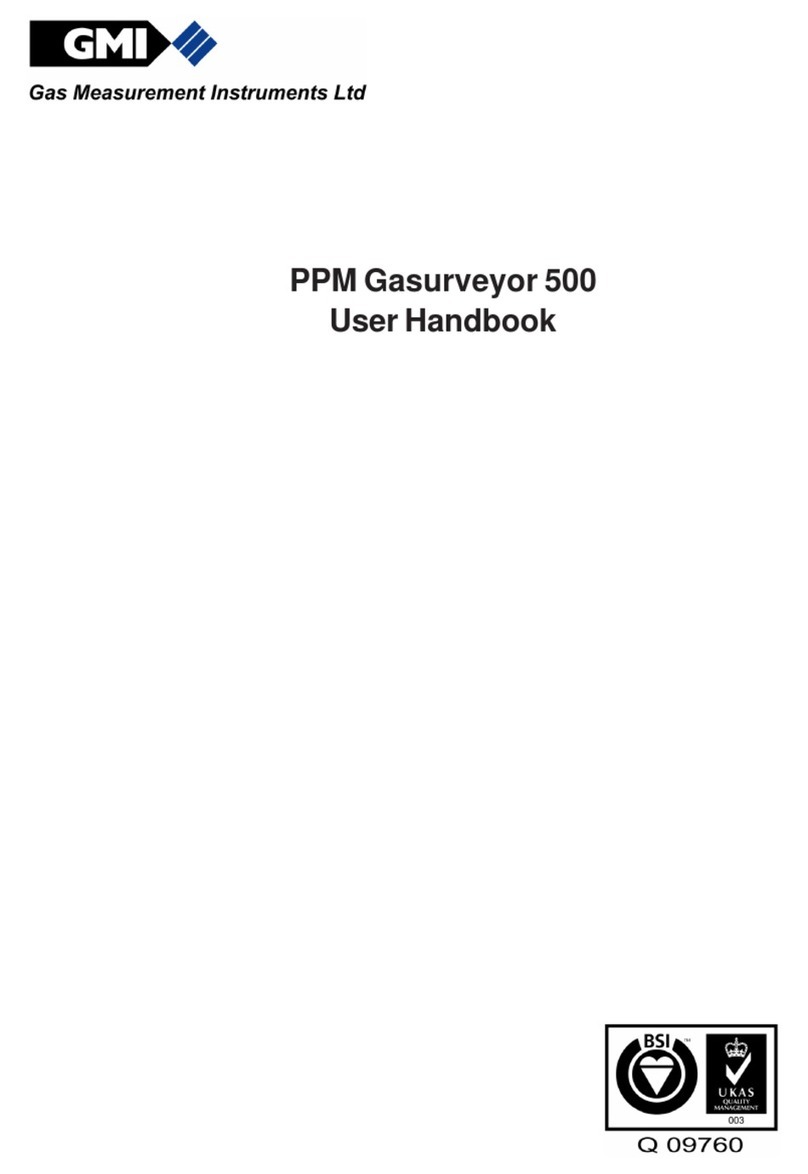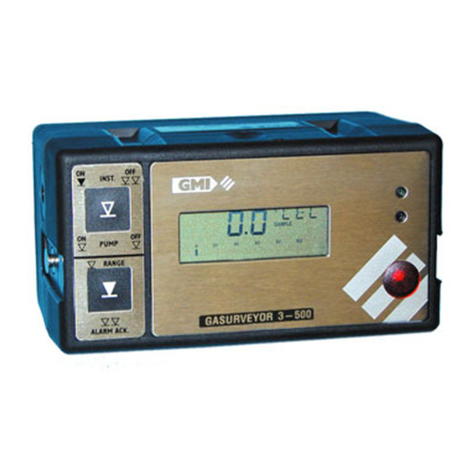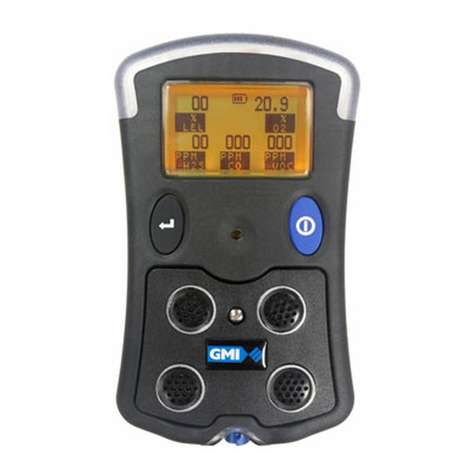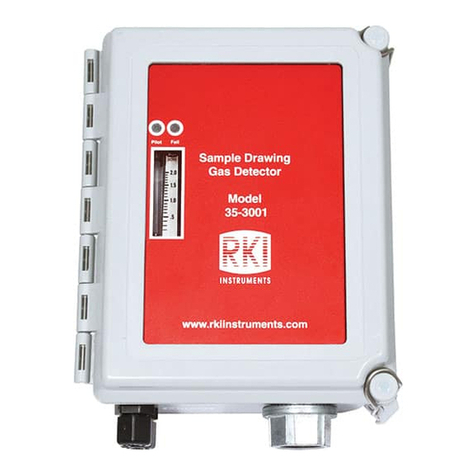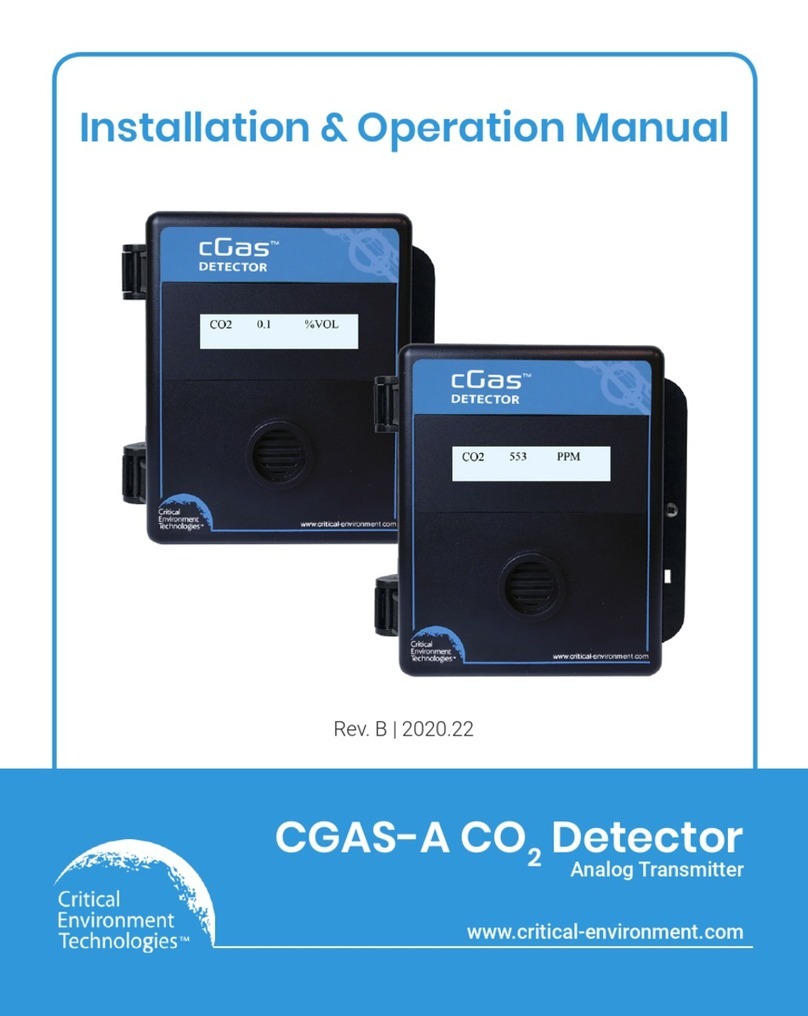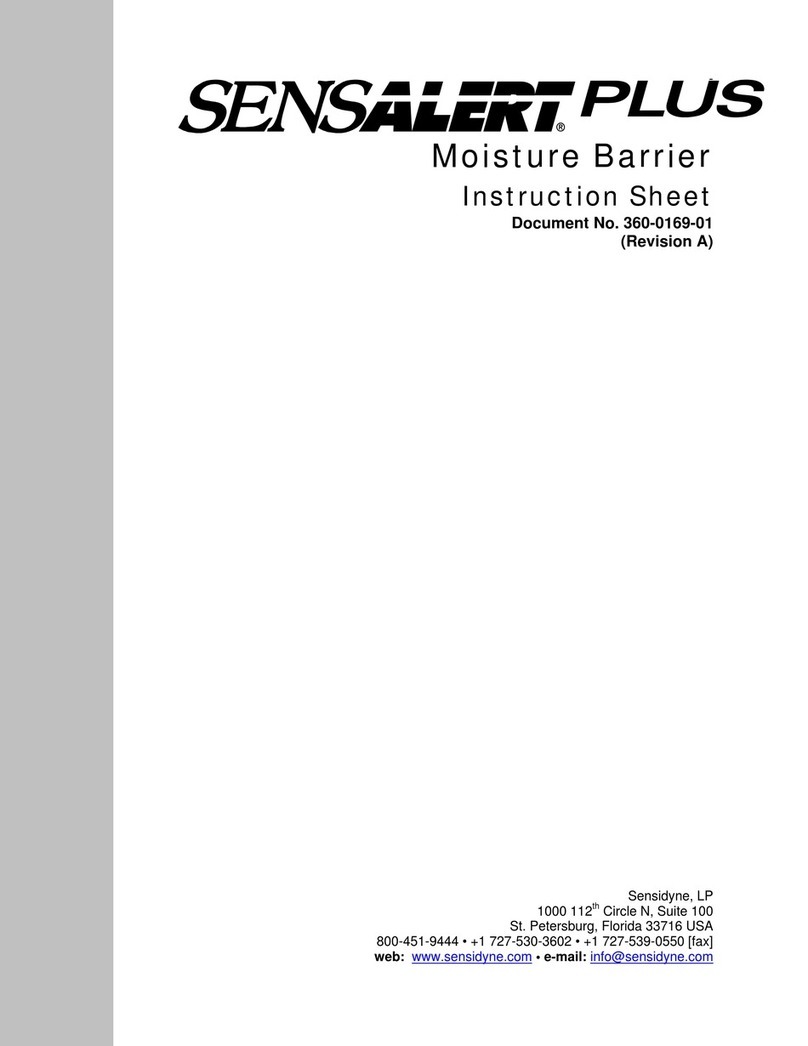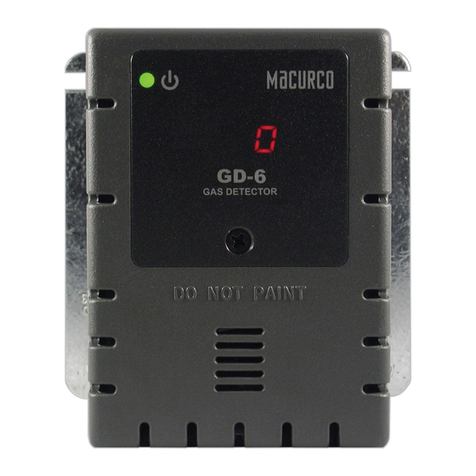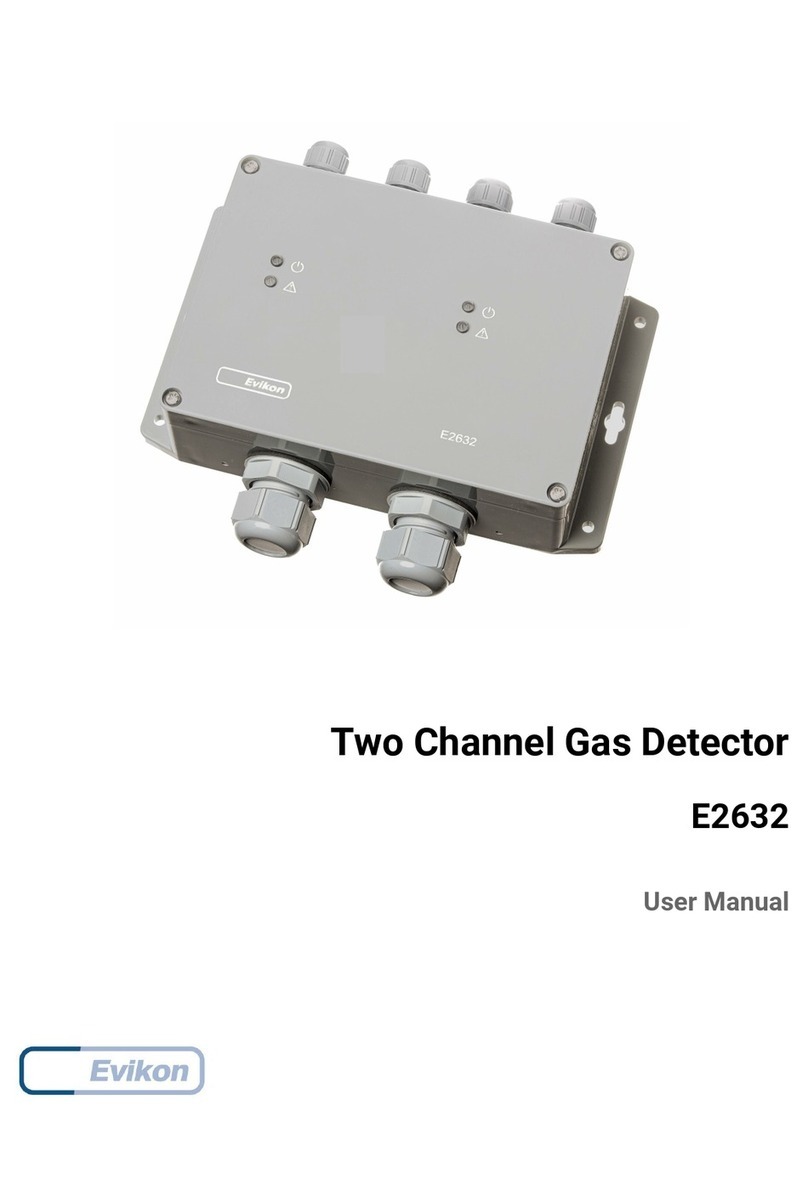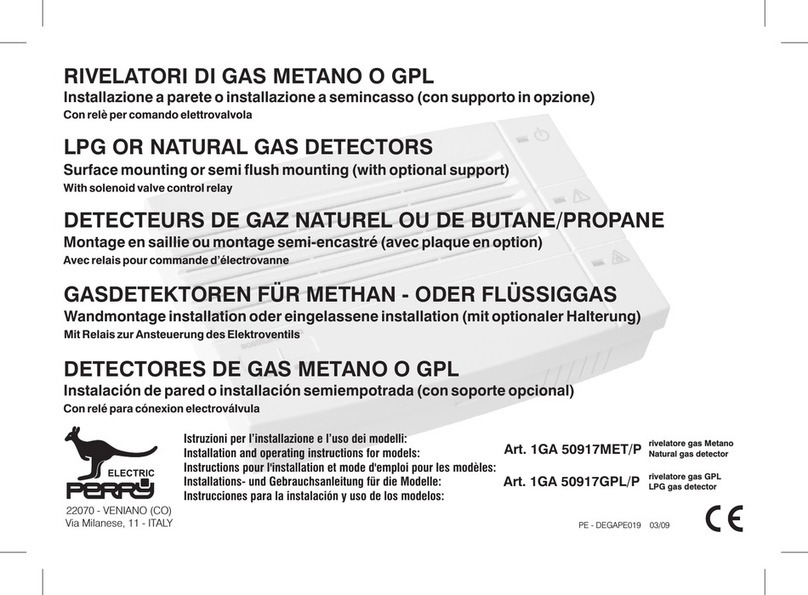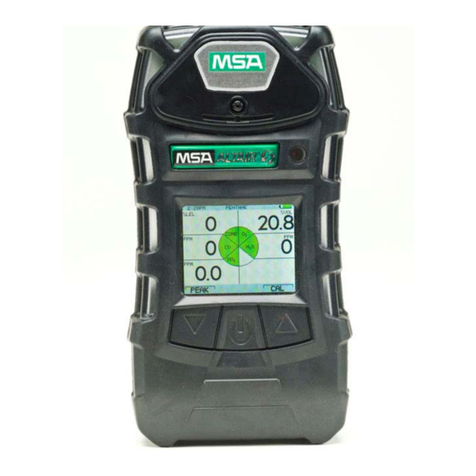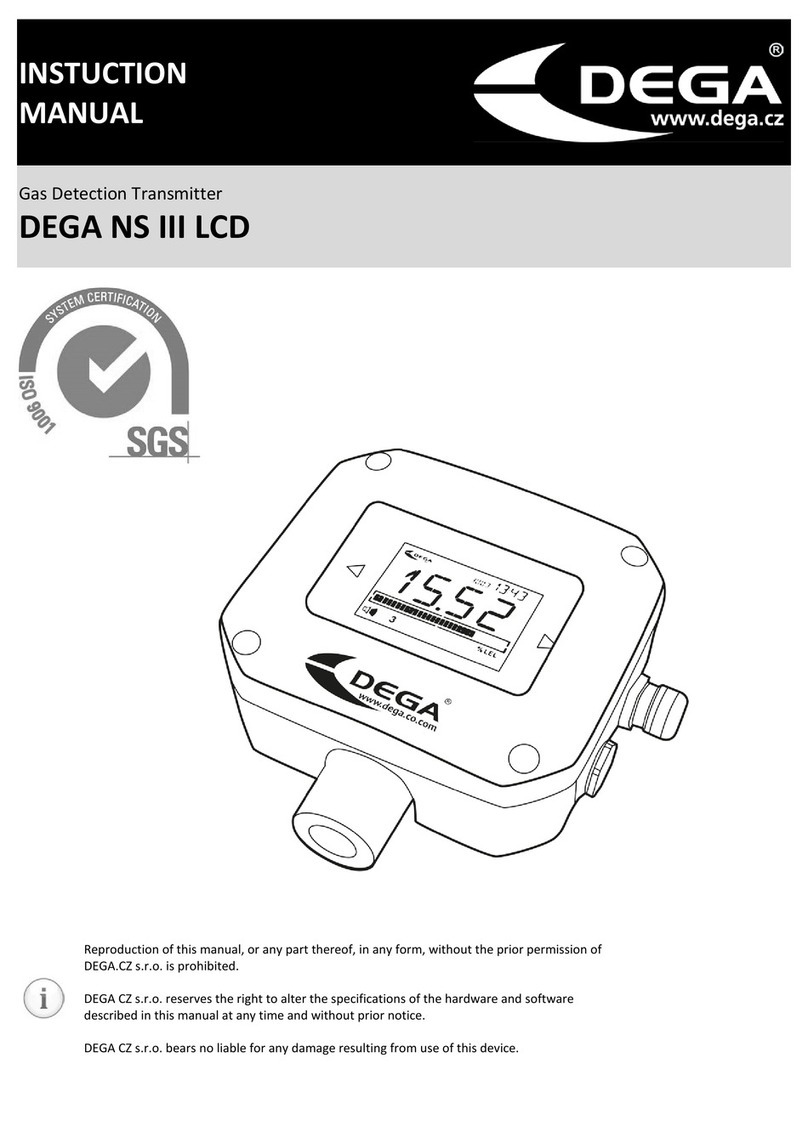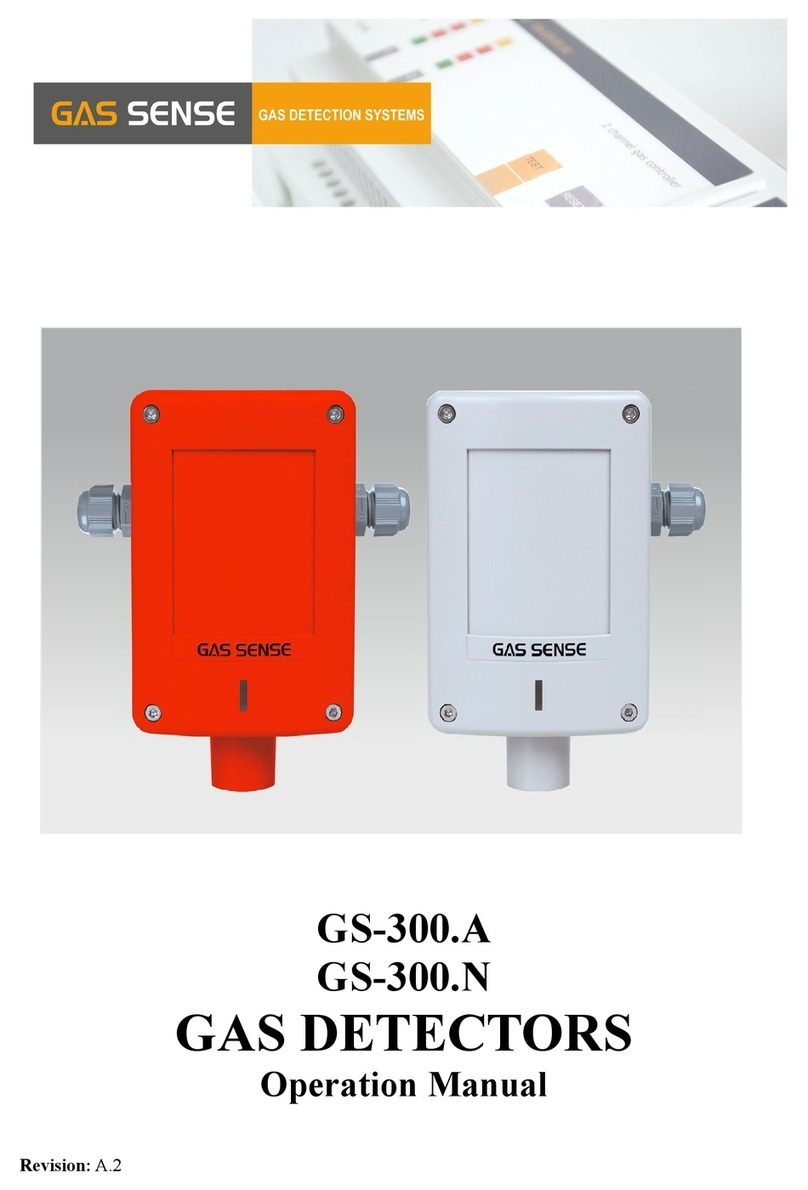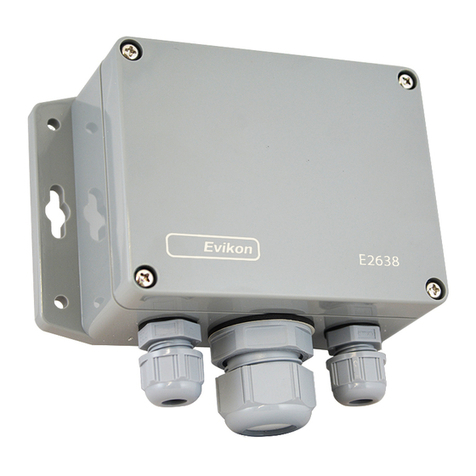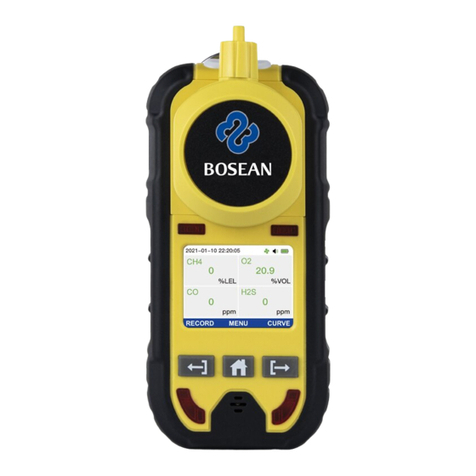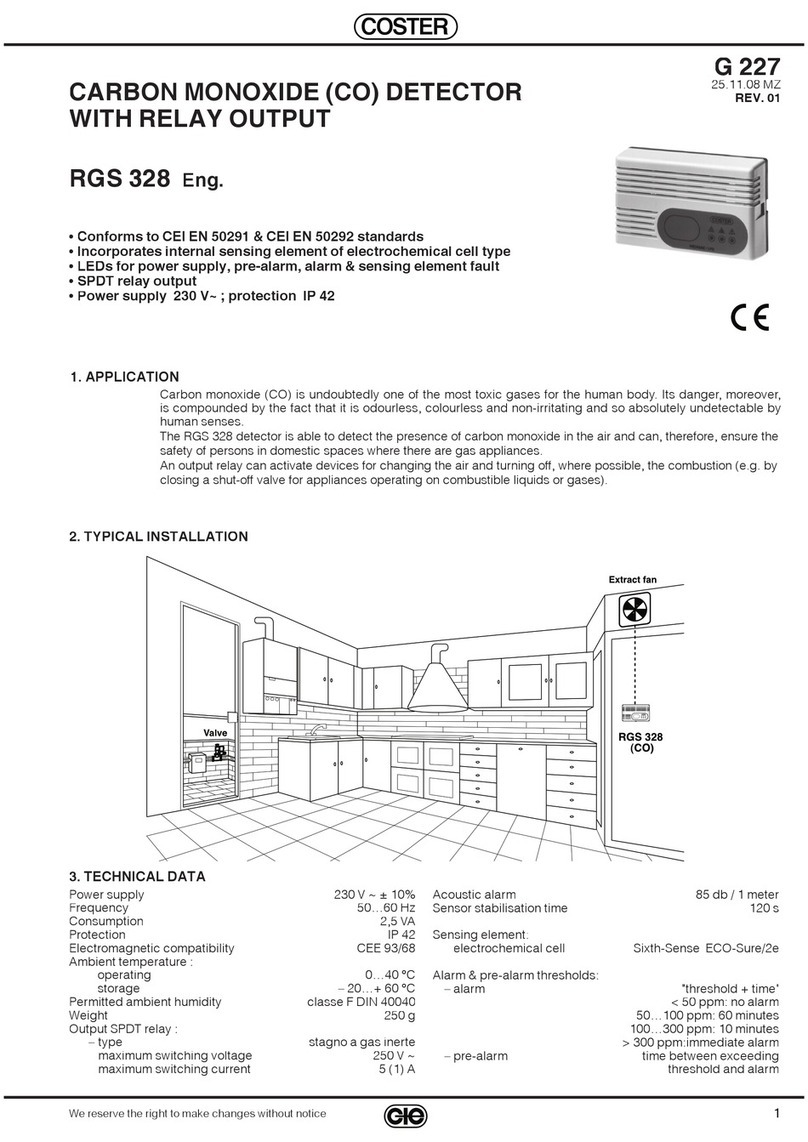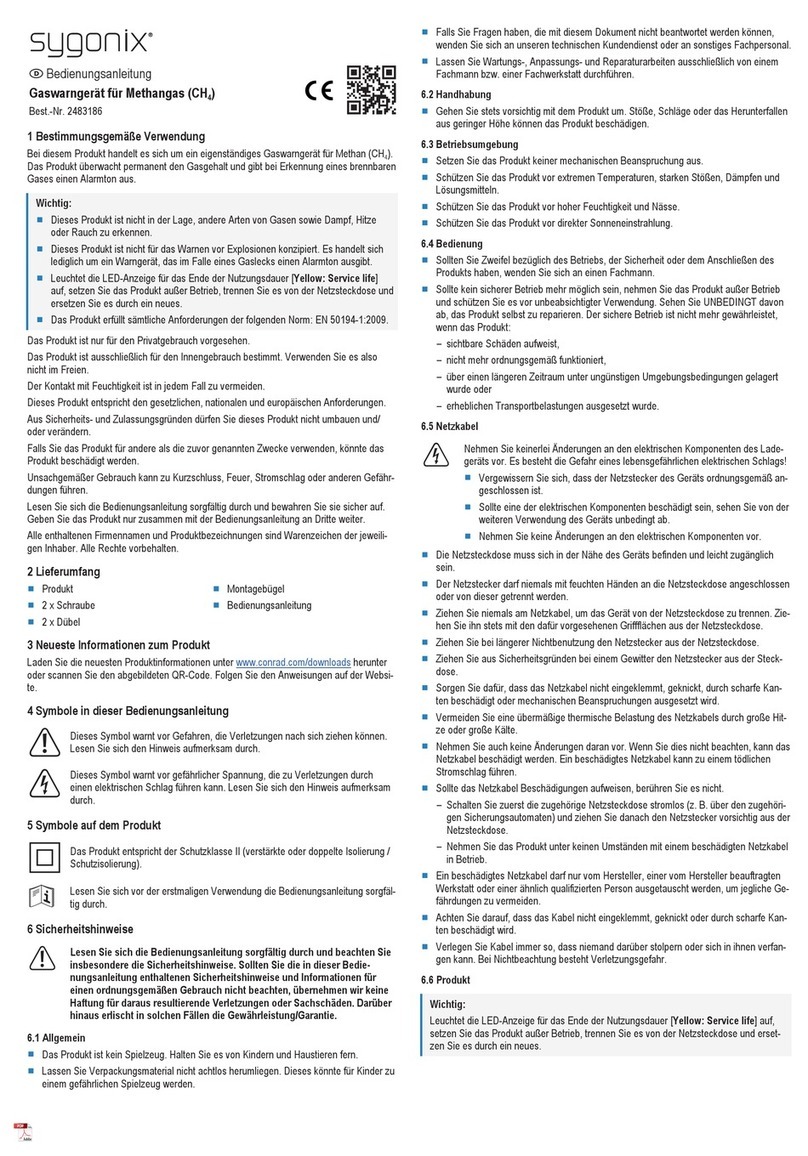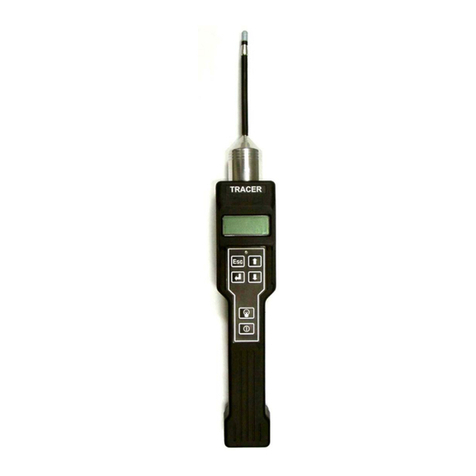
GASURVEYOR 500 USER HANDBOOK
ii
SAFETY
• Theinstrumentmust be regularly serviced and calibratedbyfullytrained
personnelina safe area.
•Batteries: Alkalinebatteriesor*Rechargeablebattery pack must be exchanged
(*andrecharged) in a safearea and fitted correctly beforeuse.
Neverusedamagedbatteries or expose to extreme heat.
SeeSection 4 : OPERATORMAINTENANCE.
• OnlyGMIreplacementparts should be used.
• Iftheinstrument detects gas, follow your own organisation’sproceduresand
operationalguidelines.
• Thecombustionchamberisaflameproofassemblyandmustnotbe opened in
thepresenceofaflammable atmosphere.
• Gasurveyor500 series instruments are certifiedasEEx iad IIC T4
(-20oC<Tamb <50oC).BAS01ATEX2292 II2G.
UL Class 1 Groups A, B, C and D
• This equipment is designed and manufactured to protect against other hazards
asdefinedin paragraph1.2.7 ofAnnex II of theATEXDirective94/9/EC.
Anyrightofclaim relating to product liability or consequential damage toanythirdparty
againstGMI is removed if thewarningsare not observed.
AREAS OF USE
Exposuretocertainchemicalscanresultinalossofsensitivityoftheflammablesensor.
Wheresuch environments areknownorsuspected it isrecommendedthatmore frequent
response checks are carried out. The chemical compounds that can cause loss of
sensitivity include Silicones, Lead, Halogens and Sulphur. Do not use instrument in
potentiallyhazardousatmospheres containing greater than21%Oxygen.Theenclosure
materialispolypropylene and must not be exposed to environmentswhichare liable to
result in mechanical or thermal degradation or to damage caused by contact with
aggressivesubstances. Additional protectionmayberequiredin environments wherethe
instrumentenclosure is liable to damage.
STORAGE, HANDLING AND TRANSIT
Thebatteriesintherechargeablepackcontainconsiderableenergyandcareshouldbe
takenintheir handling anddisposal.Batterypacksshould be removed iftheinstrumentis
storedfor longerthan3 months.Theinstrument isdesignedto handleharshenvironments.
The sensing elements are sealed to IP54 and the rest of the instrument to IP64. If not
subjectto misuse or maliciousdamage,theinstrumentwill provide manyyearsofreliable
service.The instrument contains electrochemical sensorswith a life of 2years. Under
conditionsof prolonged storage the sensorsshould be removed. The sensorcontains
potentiallycorrosive liquid and care should be takenwhenhandling or disposing of the
sensor,particularlywhena leak is suspected.
